OP: “Clover” by Maaya Sakamoto
The hope of this anime season lies in the spate of seinen manga adaptations on the schedule. They’re all new to me, but given what the rest of the slate looks like, some of them are going to have to come through in order for the season to avoid being a clunker. Given the theme and staff behind it, Arte was certainly prominent among that group – it’s not like we get a lot of series about the pursuit of art, never mind ones set in Renaissance Europe.
If I’m honest, having premiered at the same time as Yesterday o Utatte – and my decision to watch that show first – really didn’t do Arte any favors. This premiere was pretty good, but it paled in comparison in pretty much all respects. That’s not really a fair measure since Yesterday is easily the best non-sequel premiere so far this season, but it is what it is. But then, one week does not a season make – and each of these series is going to have to prove itself over the long haul.
Arte is the story of a girl with the unlikely name of Arte (Komatsu Mikako), growing up in a noble family in Florence in the early 16th century. She loves, well- art. Her recently deceased father brought her a tutor and encouraged her passion for it, though her mother heartily disapproved. After his passing she cracked down on her daughter’s hobby, as at nearly 15 years old she was moving into prime marrying age for the time. And with the patriarch gone, the family would not be in a position to offer suitors a particularly impressive dowry.
Let’s stipulate to a couple of things. Was it incredibly difficult for women to become professional artists in 16th century Florence? Absolutely. Did the few who managed it likely possess massive skill and determination? Certainly. So in that sense Arte’s story is perfectly plausible. As is the fact that every artisan in the neighborhood refuses to even look at her portfolio of drawings. It’s only after she threatens to cut off her own breasts in the street in order to stop being treated like a girl (I’d like to think she’s smart enough not to have gone through with it) and artisan Leo (Konishi Katsuyuki) stops her that Arte more or less lucks into an opportunity.
For all that, though, I must say I didn’t find this first episode especially convincing. The best way I can describe it is to say that rather than as a seinen, it played like an above-average light novel. Everything was executed rather broadly, and rather than Florence in the Renaissance I felt like I was watching 21st century anime characters stuck in a Renaissance setting. And while the look of the series was fine (art director Scott MacDonald is one of the most accomplished gaikokujin in the anime industry), somehow it didn’t pop the way you’d want a show about Renaissance Florence to (the way Paris popped in Ikoku Meiro no Croisee, for example). The look was generically anime in much the same way that the tone was.
I’ll say this much – it’s a tricky balance, showing a character like Arte trying to accomplish what she is without making her seem like a standard plucky anime girl. But even so, the premiere didn’t manage to – at least for me. I just wasn’t getting authenticity from her, or from the overall execution. Leo was fine but he too came off as more of a familiar anime archetype than an original creation authentic to the setting. It’s only one episode, it’s seinen, and it’s Florence – a city I love. Of course, I’m going to give Arte every chance to win me over. But next weekend, I think I’ll watch it before I watch Yesterday o Utatte.
ED: “Hare Moyou” (Sunny Design) by Kiyono Yasuno


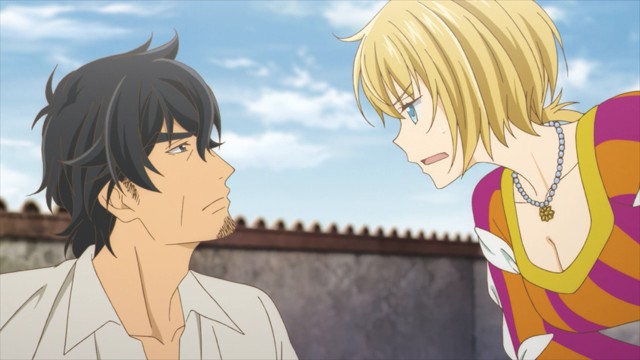
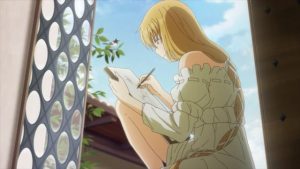

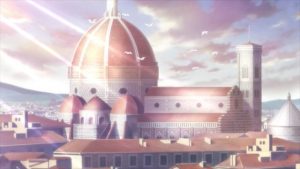
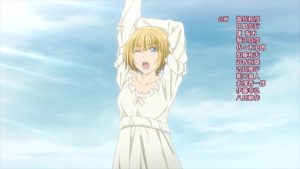
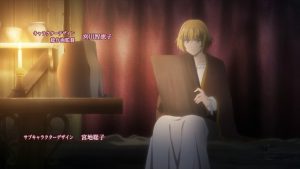
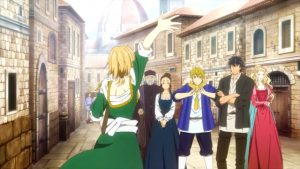

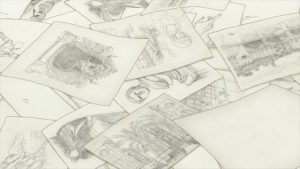
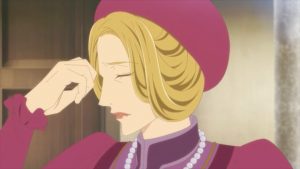

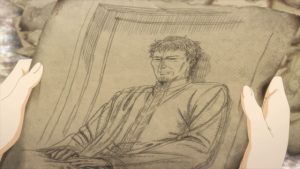
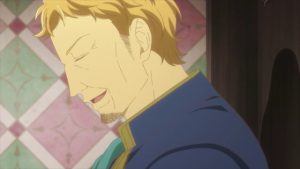
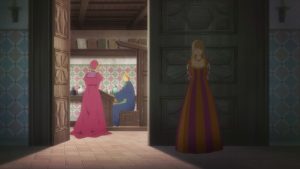
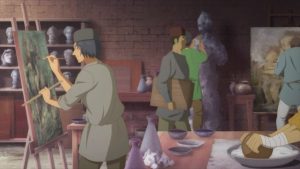
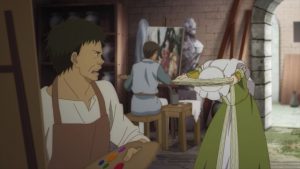

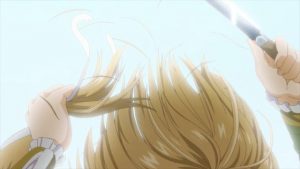
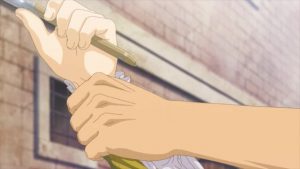
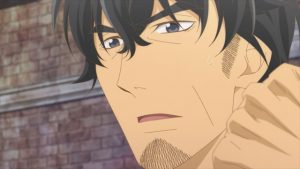
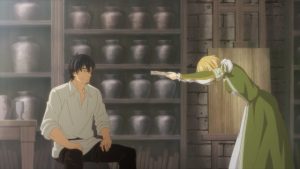
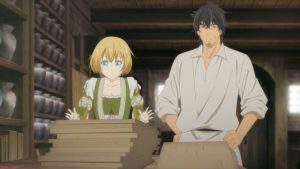
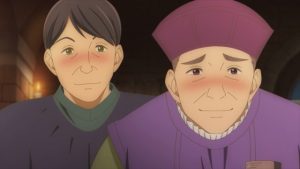
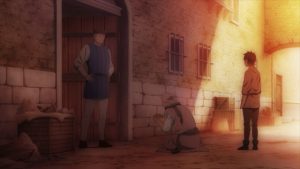
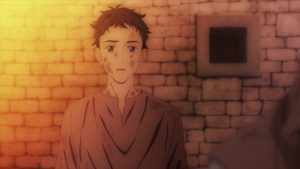
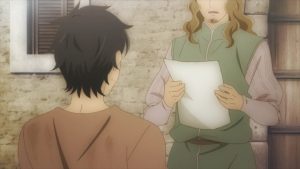
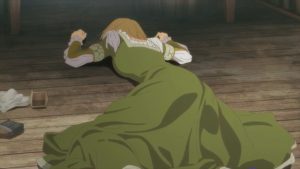
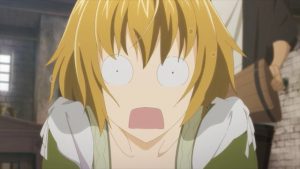
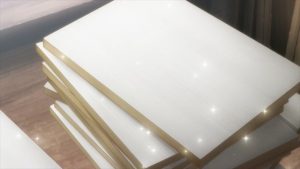

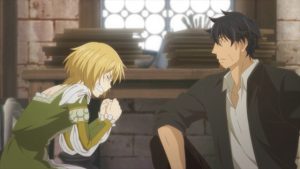
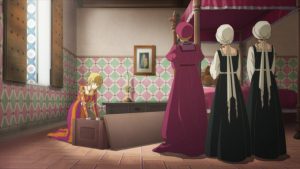
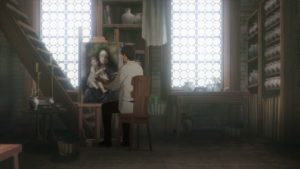
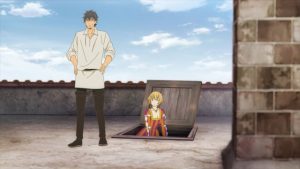

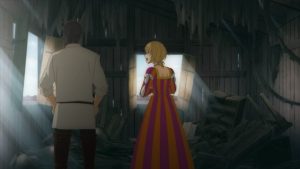


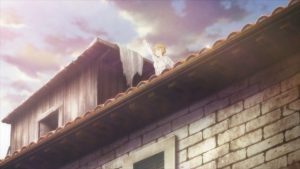
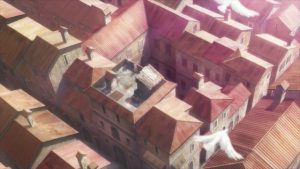
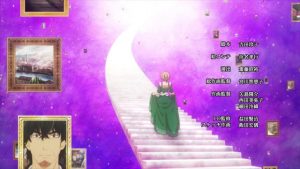
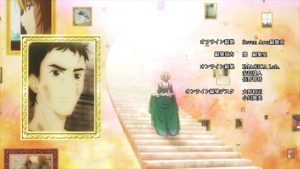
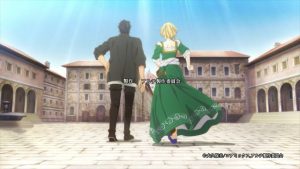
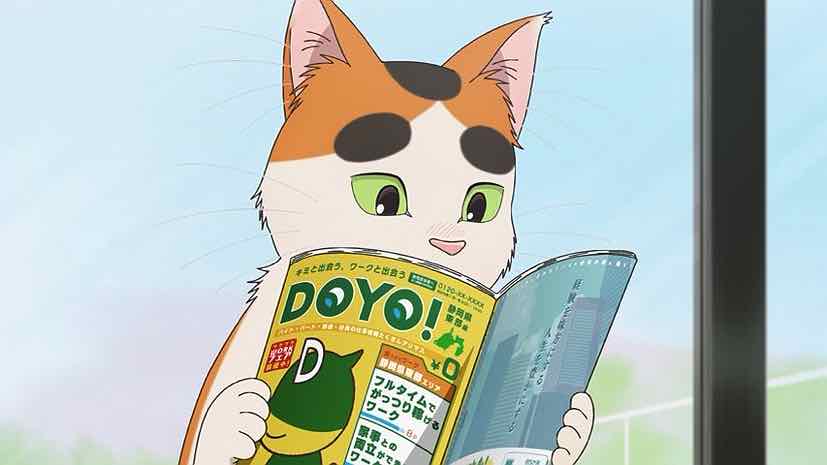

Say
April 5, 2020 at 11:11 pmI share your view here. Arte with her improbable name felt like a nowadays mangaka looking for a master. Plus, the timeframe is unrealistic. In XVI Italy women struggled to be recognised as poetesses and none of them are widely known outside literature scholars. The first famous painter is from a century after and was largely ignored in art history until fifty years ago. I am talking about Artemisia Gentileschi, who was lucky enough to be the aristocratic daughter of a painter.
https://en.m.wikipedia.org/wiki/Artemisia_Gentileschi
Thinking that a random noble woman from a century earlier would have become a painter is laughable.
There are records of female book illustrators in Middle Ages though (nuns and aristocratic women). But Japanese people are in love with Renaissance, another set, as accurate as possible, wouldn’t work, I guess.
Guardian Enzo
April 5, 2020 at 11:32 pmWhat about Plautilla Nelli? She’s more or less the right time period. She was a nun of course, and I suppose that would have been a tougher sell to a manga editor.
Say
April 6, 2020 at 2:15 amJust copying from the Wiki about her style:
“Though she was self-taught, she copied works of the mannerist painter Agnolo Bronzino and high Renaissance painter Andrea del Sarto. Her primary source of inspiration came from copying works of Fra Bartolomeo, which mirrored the classicism-style enforced by Savonarola’s artistic theories. Fra Bartolomeo left his drawings to his pupil, Fra Paolino who, in turn left them in the possession of “a nun who paints” in the convent of Santa Caterina da Siena. Nelli signed her paintings as “Pray for the Paintress” after her name, confirming her role in spite of her gender.”
Vasari praised her as a painter but at the same time he said that she didn’t know male anatomy (well, she was a nun… very dangerous to indulge in male anatomy, it was safer for her soul ). And since signing her works could have turn out as prideful, while other artists started to sign their work during the Renaissance (a hint of their emancipation from artisans), as a nun she couldn’t sign her works. She did it only once.
In other words: 1. she wasn’t up to date to the art of Florence at her time (she didn’t take part in Mannerism even if she copied some works); 2 she didn’t master human anatomy, the highlight of Renaissance; 3. She didn’t sign her works as her male colleagues.
Sure, she painted but you can’t build up a story of emancipation around her figure, because she is quite the opposite. And Arte wants to tell a story of a woman who chose her path.
Say
April 6, 2020 at 6:12 amItalian female painters who painted as a job were:
Sofonisba Anguissola (1532-1625)
Lavinia Fontana (1552-1614)
Fede Galizia (1578?-1630)
Lucrina Fetti (1600-1651)
If you consider that Michelangelo Buonarroti died in 1564, only the Anguissola was an adult when he was alive. The Anguissola can be linked to Late Renaissance.
Guardian Enzo
April 6, 2020 at 7:56 amIt’s an interesting historical debate. But as far as the episode itself goes it was still remarkably bland for a show about creating art in Florence in the Renaissance. I could live with historical inaccuracies if the show is strong enough artistically, so I really hope it improves.
Blueblue
April 6, 2020 at 6:02 pmSeriously? We are going to condemn now anime/manga for historical/technical inaccuracy? So Kenshin, Altair, Kingdom for instance can burn in hell then (even though as I don’t care for the latter…). Anyway, as pointed out by Enzo, “Arte” premier suffers already from other ills than “history”.
Even though 9 volumes (/12) of the manga have been published so far in France, I have never read it, so didn’t know what to expect (but read quite good critics about it). Let’s see further if it gets better even though I highly doubt that it is there for portraying (oh oh oh!) real miserable struggles of that epoch and so think that having that kind of expectations really nullify any appreciation of that “fiction”.
Guardian Enzo
April 6, 2020 at 6:40 pmIndeed, as I said, whatever historical inaccuracies there may be here are less of a problem than the general blandness of the presentation. I keep thinking back on Ikoku Meiro and how much more distinctive, personal and alive that adaptation seemed to be. But hey – it’s only one episode.
Say
April 6, 2020 at 9:20 pmI can stand historical liberties, here it is a different matter. In Kingdom Xin is blandly modeled on a historical figure but the cultural set is realistic. Fiore and Venedik feel authentic in Shoukoku no Altair, but seriously… bowing while stretching out papers and keeping a coronavirus distance from the listener is, well, Japanese not Italian in any century. I still can enjoy the story if this is the tone like a parody, but not in the same way I liked Shoukoku, or Kingdom, or Kenshin. Being a seinen I expected something more, that’s all.
Blueblue
April 7, 2020 at 4:16 amSorry if my comment may have sound harsh as it was not all my intention. I can perfectly understand that feeling as I have myself felt the same with shortcuts of series such as “cells at work” (due to my job). But I just think that if there were not other more blatant issues (to me), it would have mattered (excepted if the purpose was to display the exact life of that time period).
Actually, your last sentence points out to me one the issue of that series (based on the premiere), that is the “off guard syndrome”. Clearly, it seems that some people were expecting some serious business stuff and at the end, it seems to navigate more between a second coming of Cinderella or Aladdin (disney version). Clearly, Arte character looks like many nekketsu male characters and same goes for Leo (as pointed out by Enzou, even though I would still not tie that type of character to the 21st century only). Ironically, what bothered me the most and actually bothered me during all the episode was how she magically freely in the city. I would have expected that it would be harder, especially with the way that they tried to depict her mother.
Anyway, that is actually interesting the “Seinen” label story and expectations because here in Europe (in France in particular), there are many debates among French publishers about their logic and keeping them or not. As in Japan, series are labeled like that based on the magazine, while the content would not always reflect the expectations. For instance there is a huge fashion of “cat manga” in France as they have a lot of commercial success, especially with…kids (and labeled differently for obvious commercial reasons), while some of them are published in… Seinen magazine in Japan (“chīzu suīto hōmu”being an example). Of course, that is an extreme example, but I find it interesting regarding the “label” expectation.
Say
April 7, 2020 at 5:37 amTo me seinen isn’t equivalent of serious unless you assume that adults dislike comedy. Oh no, I won’t trace this equation. Besides, art is not my field, I just did a quick Google search since I felt something was off. I still believe in the 3 episodes rule. I have met people who recommended this manga to me in the past so I will give it a chance to win me over. I just said that the first episode didn’t hit home for me.
BBOvenGuy
April 7, 2020 at 2:55 amCoincidentally, BBC History Magazine just did a podcast about Artemisia Gentileshi – http://aca.st/afc025
Don’t get me started about taking liberties with historical figures. You should see what the BBC’s “Victoria” has done with Ada Lovelace and Florence Nightingale…
Mario
July 26, 2020 at 6:06 pmIn regards to Ikoku Meiro no Croisee, I’m sad to say the mangaka for that series died so we will never get a proper ending for it which makes me sad because it was so wholesome.
As for Arte, I get the impression the manga is better than the anime adaptation which is a shame.